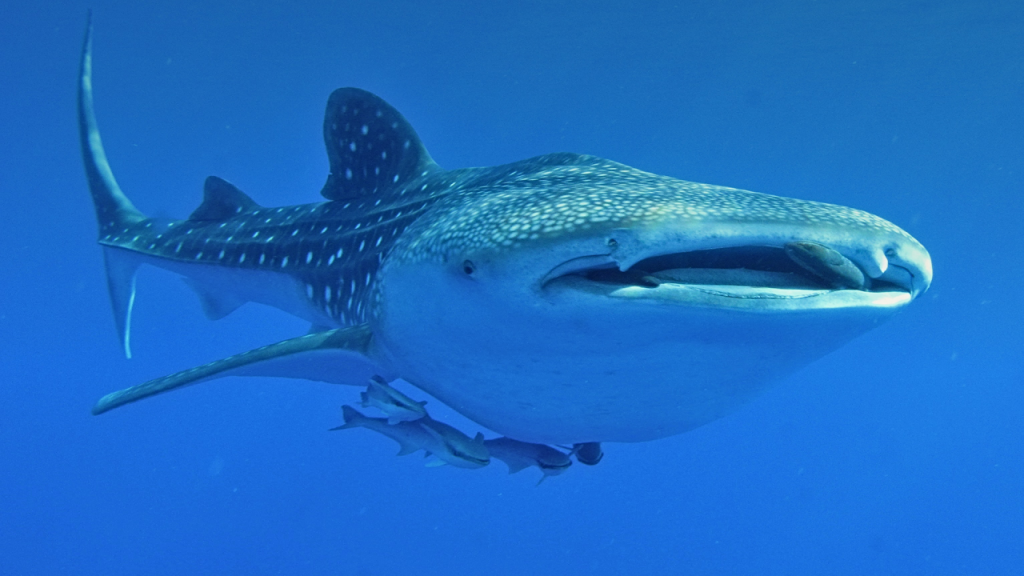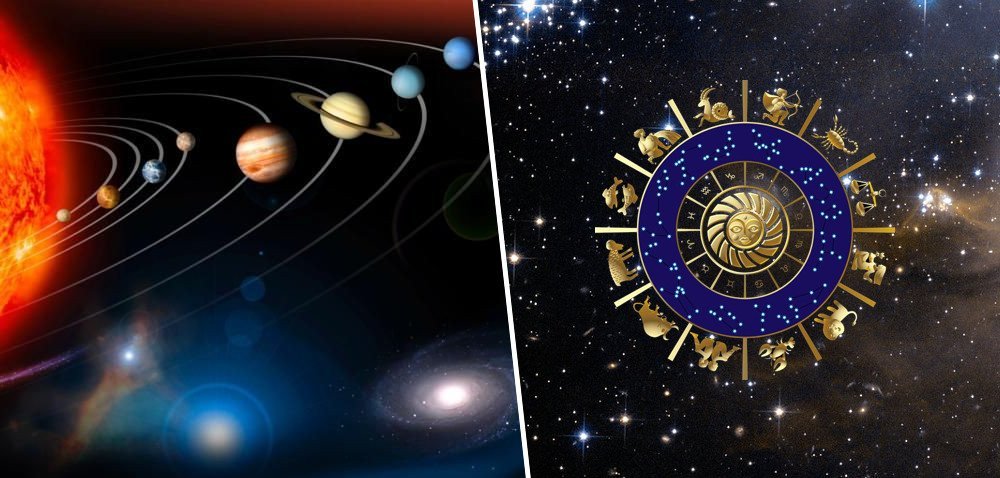
Denizens of The Deep – Meet 10 of The Largest Inhabitants of Our Oceans
Standing on the shore, looking out into the ocean—it seems vast and never-ending! It should come as no surprise that some of the largest animals on Earth live in the ocean. Join us as we explore the big, bigger, and biggest creatures that call the ocean their home.
While we could have filled this list with whales, we chose a diversity of species to represent the biggest ocean animals. This way you can see that large-sized marine life comes in many forms. Let’s take a look!
Lion’s Mane Jellyfish
Possibly the world’s largest jellyfish, these enormous creatures inhabit the cold waters of the northern Atlantic and Pacific as well as the Arctic Ocean. They’re very common in the English Channel, the North Sea, and the Irish Sea.
The bell (body) can reach seven feet across and the tentacles can grow to 120 feet long. While a sting from this jellyfish would be painful, it rarely is cause for any concern. They spend their lives swimming in the open ocean, catching and eating small fish and plankton.
Sperm Whale
The largest of the toothed whales and the only living member of its genus, the sperm whale has a special place in our imaginations. It’s the species that inspired the novel Moby Dick, and despite its huge size, its habit of diving to incredible depths to feed makes it somewhat mysterious.
Fully grown males can reach nearly 70 feet in length and weigh 41 tons (82,000 pounds). They can dive more than a mile beneath the surface of the ocean, into the pitch-dark depths, in search of their favorite food, squid. They even eat the giant squid, one of the only species in the ocean more mysterious than the sperm whale.
Blue Whale
Blue whales are not only the largest of the whales or the biggest animals alive today, but they are also the biggest animals that have ever lived. They’re bigger than any dinosaur. Like most large whales, they live in oceans all over the world, migrating to follow their favorite food, krill.
These gentle giants feed almost exclusively on tiny krill. They grow to nearly 100 feet long and weigh 199 tons. Despite their incredible size, they’re an endangered species. Industrial whaling nearly wiped them out.

Whale Shark
The world’s largest fish is also one of its most gentle. The whale shark grows to over 60 feet long, and it’s a filter feeder. That means it eats tiny things like plankton and krill, using specialized gills to filter them out of the water. So, even though it’s a giant shark, it’s not a dangerous animal to humans.
Divers have even been able to grab onto their dorsal fins and go for a ride. Whale sharks live in tropical waters all around the globe, and sometimes in the summer months they gather by the hundreds in specific locations, presumably for breeding purposes.
Giant Squid
It’s estimated that the maximum size for this animal is about 43 feet long, although specimens are incredibly rare, so this estimate is likely to be somewhat inaccurate. Evidence of the giant squid has been found in all of the world’s oceans.
The only known predator of the adult giant squid is the sperm whale. These squids live so deep that live adults have almost never been seen. It was only in 2004 that the first pictures of a live squid were taken in its natural habitat. Most specimens are caught by deep-sea fishing trawlers.
Basking Shark
At 26 feet long, this is the second-largest fish in the world, second only to the whale shark. Basking sharks are a migratory species found in all of the world’s temperate oceans. Like the whale shark, it’s a filter feeder that eats plankton and other tiny creatures.
These big, slow-moving sharks often feed near the surface in the summer months, where they’re easily observed. In the winter they retreat to deeper waters, following the plankton.
Giant Pacific Octopus
Native to the coastal waters of the North Pacific, this octopus can weigh up to 110 pounds and span over 20 feet when its tentacles are outstretched. Some records indicate individuals that weighed over 300 pounds.
Like most octopi, it feeds mainly on crustaceans, mollusks, and the occasional fish as well as other, smaller octopi. They’re a popular food item in many places, with about 3.3 million tons of them caught each year. Like all octopi, it has the ability to change its skin color and alter its body shape and skin texture as camouflage.

Oarfish
The world’s longest bony fish is believed by many scientists to be the source of most “sea serpent” sightings and stories. Lengths of 9 feet are common, but the record length is 26 feet, and the maximum recorded weight is 600 pounds.
These fish live all over the world except in arctic and antarctic waters. It has a long, ribbon-shaped body with a single dorsal fin running down most of its back, and it’s believed to feed mainly on krill and small squid. Other than that, not much is known about their behavior or lifestyle.
Japanese Spider Crab
With the largest leg span of any arthropod, these marine crabs are some of the largest invertebrates in the world. They can easily measure 12 feet from the tip of one leg to the tip of the opposite leg, with a carapace that can be 16 inches across. Japanese spider crabs can weigh up to 42 pounds.
These crabs are a delicacy in Japan, and overfishing is believed to have seriously reduced their population size. Because they’re so large, fishing for them can get dangerous as they can cause serious injury with their claws.
Giant Manta Ray
Reaching 23 feet across and weighing 6,600 pounds, this is the largest ray in the world. Like so many other giant fish, it feeds on plankton. However, plankton only makes up about a third of its diet. The rest consists of deep-water fish.
They live in most of the world’s oceans, primarily in tropical waters and temperate waters. Overfishing is a major threat to this endangered species, as their gill rakers fetch a high price in China, where they’re used in traditional medicine.
You May Also Like

Astronomy vs. Astrology – What’s the Difference?
2021-08-25
The Top 5 Deadliest Cancers
2021-10-20


